During the first year of the Civil War, a small
amputation set was specified by Dr. Frank Hamilton in his book on
Military Surgery. The amputation set was very limited in scope, but was meant to
be part of 'field preparations' as shown by the following list:
Practical Treatise on Military
Surgery, (1861) by Frank H. Hamilton, M.D.
See pages from this manual regarding
instruments found in Civil War
surgical sets.
Dr. Frank Hamilton's list of
field instruments from his
book. Note the listing of an Amputating Set.
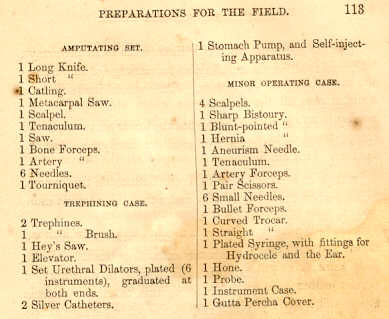
Given the Tiemann maker label with
a 63 Chatham address, military latch and the type of instruments in
this set, I believe this is an example of the type set Hamilton
described in his text book. George Tiemann was a major supplier of
surgical instruments during the Civil War and the 63 Chatham address was
his address immediately before and during the first three years of the
War: 1855-63/64: 63 Chatham and 44 Eldridge.
The size of the mahogany amputation case is (15 1/2 x 5 x 2 1/2 inches )
with unengraved brass plate and most important, the sliding military
latch which indicates a special order from Tiemann.
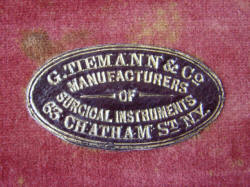
A single military sliding brass
latch instead of bilateral military latches on front of the case

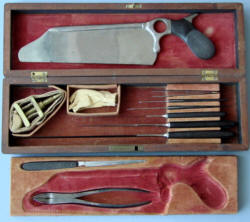
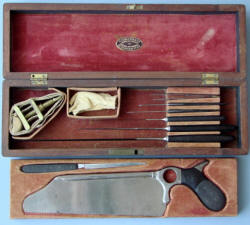
The section holding the bone
forceps, metacarpal saw, and capital saw is about 1 in.
high, removable, and sits on top of the lower half of
the case.
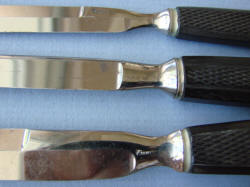
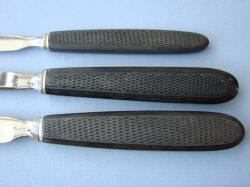
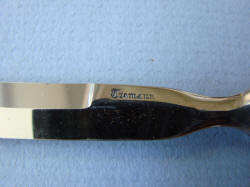
All instruments are marked with Tiemann in the
old English style font
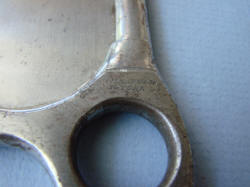
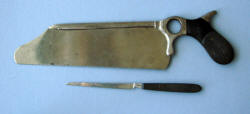
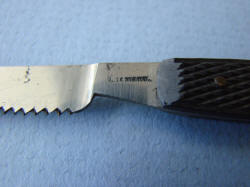
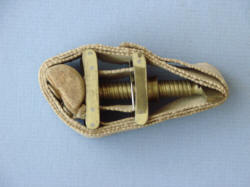

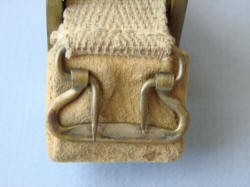
The prongs of the tourniquet lock
are cast brass at this point, as opposed to the blued steel
seen in later military tourniquets
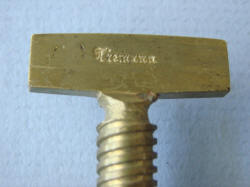
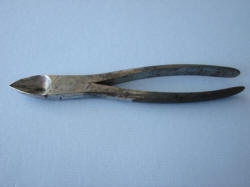
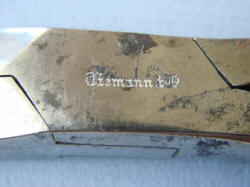
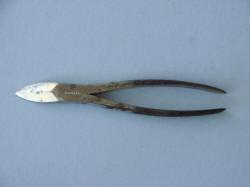
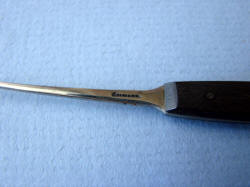
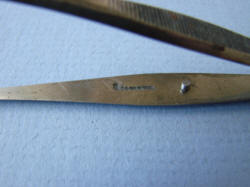
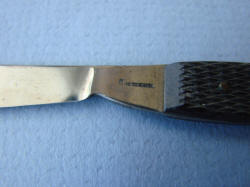
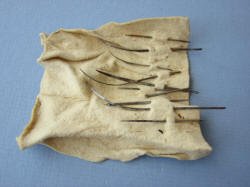
Suture
needles
See
article on use of
suture needles
Tiemann Dissection Set and
Hernstein Leather Pocket Surgical Kit